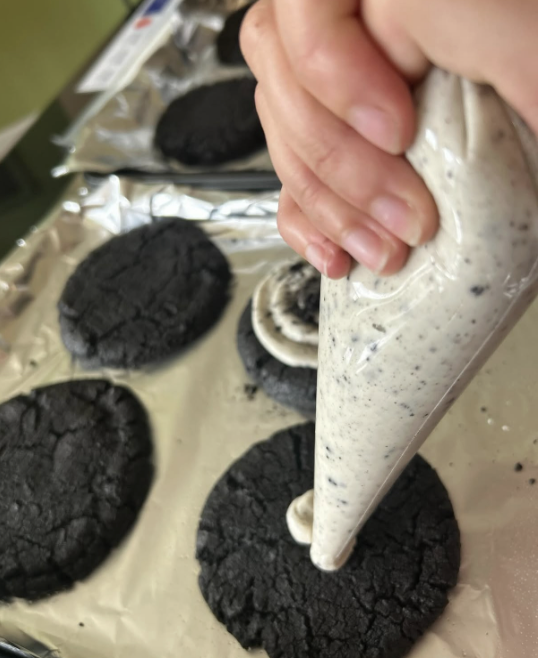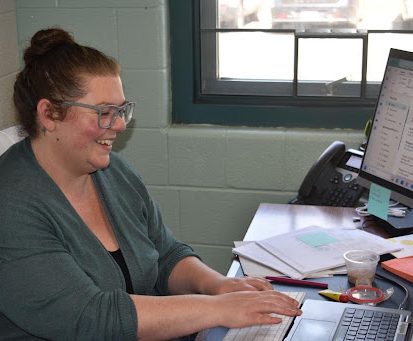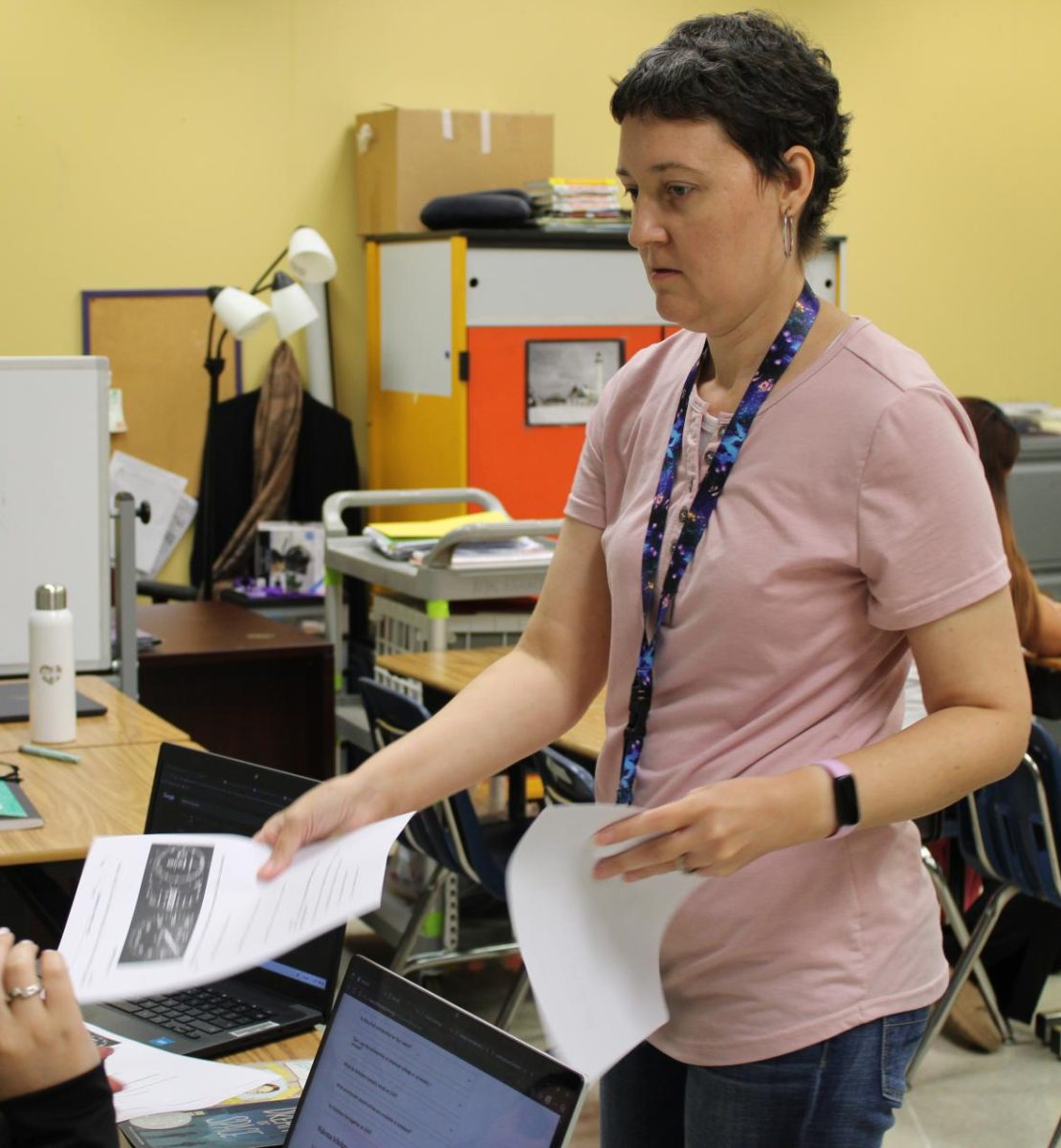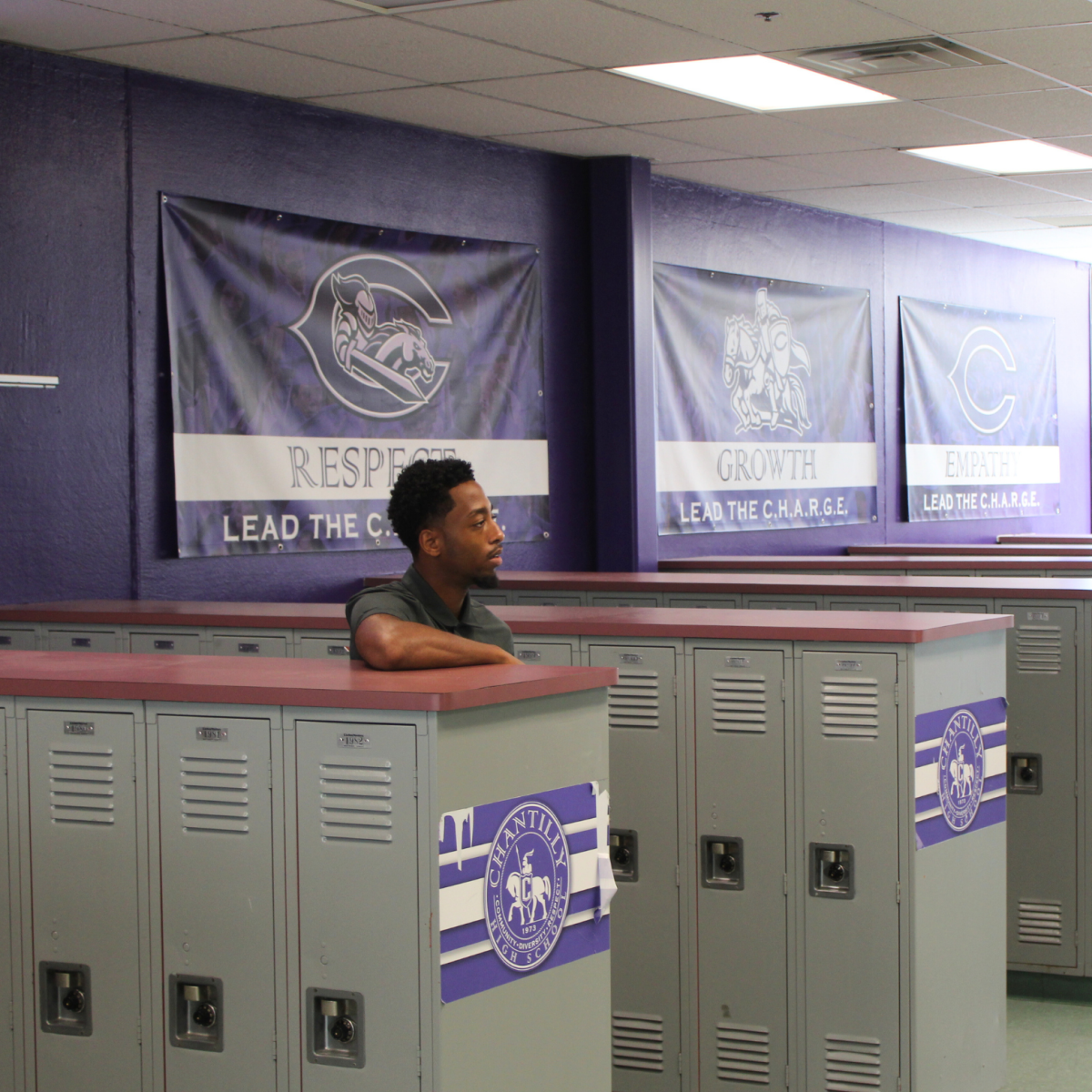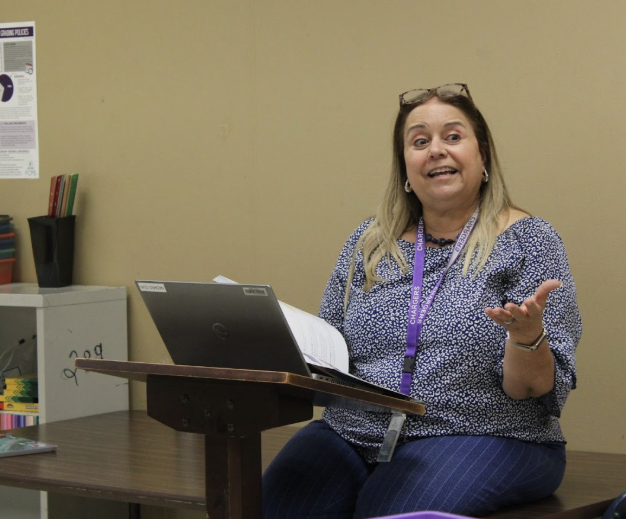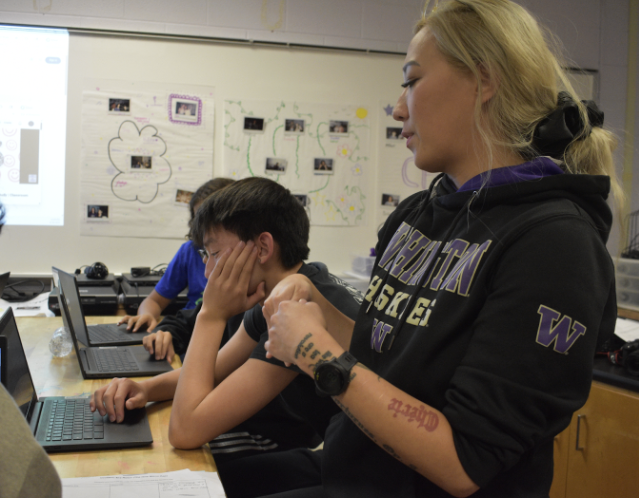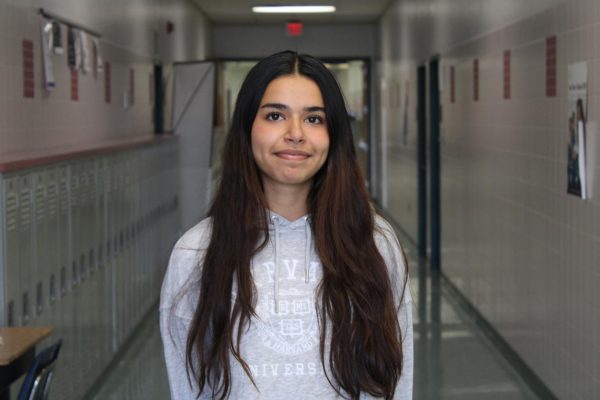Festivities, festivals and family reunions are all common activities that Muslim students participate in during Eid al-fitr. Though many Muslims share common activities during Eid, different cultures add a unique twist to the celebrations.
Eid al Fitr is one of the two major festivals in Islam. It marks the end of Ramadan, which is the holy month of fasting and one of the five pillars of Islam. Eid is a time where friends and family meet to share a meal, wear new clothes and attend the Eid prayer while celebrating.
Special Foods eaten during Eid
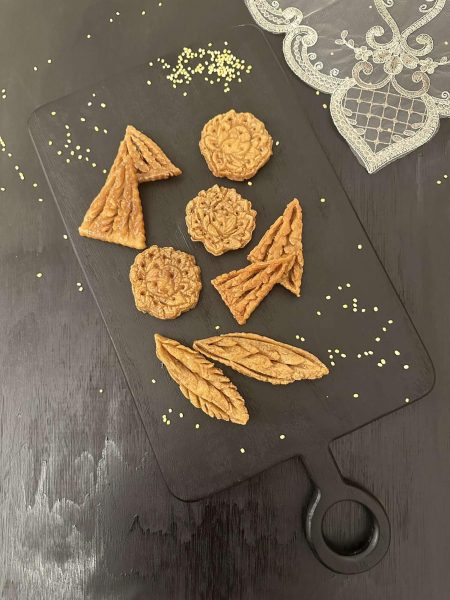
(Used by the courtesy of Mansib Mahmood)
Food is an important part of Eid all over the world. Muslim communities in Iraq make klechia, a type of date cookie, during Eid al-fitr to share with family and friends. Dates are an important part of Ramadan and are used to break fasts.
“Klechia is an important part of Eid,” junior Henny Hawramany, whose family is from Iraq, said . “When guests come over for Eid, we enjoy each other’s company with some klechia and tea.”
Traditional Somali foods enjoyed on Eid include cambaabur, a pancake sprinkled with sugar and yogurt, and sambusa, a fried triangular dumpling filled with meat or vegetables.Cambaabur is eaten mainly during Eid morning and sambusa is enjoyed throughout Ramadan and Eid.
“My family includes a lot of sweet treats on Eid, like halwa, cambaabur and baklava,” senior Maryama Yusuf Abdullah, whose family is from Somalia, said.
In Bengali culture, sweet dishes like semai, a special noodle-like sweet custard cooked in milk, sugar and coconut, and mug pakon pitha, a deep fried dough made from split green gram, rice flour and sugar syrup, are enjoyed throughout South Asia. Salty dishes like khichuri, a dish made of rice and lentils, are also commonly eaten during special occasions.
Traditional Clothes
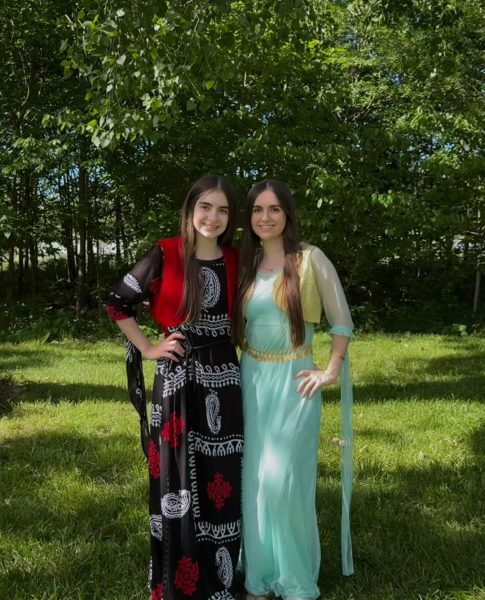
(Photo used with permission of Henny Hawramany)
During Eid al-fitr, it’s common to see people wear cultural attire. In Iraqi culture, females wear abayas, a loose fitting dress, and traditional Kurdish clothes, such as floor-length dresses that are called kars with a short vest worn over the dress called helik. Young girls wear more vibrant traditional dresses while neutral colors are worn by women.
“I usually wear a Kurdish dress for Eid,” Hawramany said. “I really like the Kurdish dresses because of how versatile they are. My favorite part about Kurdish dresses is that you can accessorize them with jewelry and a belt to make the dress more glamorous.”
In Somali culture, women wear a long light dress made out of cotton or polyester, called a dirac,usually sparkly and colorful, unique to Somalia and the east African region.
“During the prayer in the morning, we wear abayas,” Abdullah said. “ We switch to traditional Somali clothes after the prayer. Later on, my family and I go out to eat food and we go to the movies later on.”
It’s common to see women wear saree, a fabric wrapped dress, and salwar kameez, a flared tunic and loose fitted pants, in Bengali culture during Eid. Men also wear panjabi which is similar to salwar kameez, these traditional clothing are worn throughout south asia. Bengali traditional attire for special occasions, like Eid, is more fancy and accessories with embroidered and fun prints.
Other Celebrations
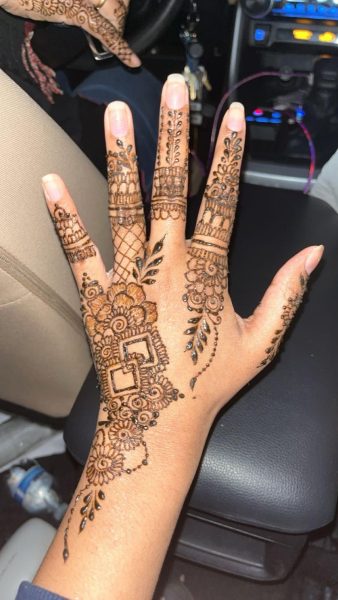
(Photo used permission of Manizah Mahmood)
Eid-al fitr all around the world is seen as a holiday that fosters good ties among family members. In Hawramany’s home, that means making phone calls back home to wish them a happy Eid. They also clean the house and get ready for guests to come over.
“Back home, I would usually go to all my relatives’ homes during Eid and we would all sit and enjoy Eid together,” Hawramany said. “The kids would have baskets and adults would give out candy and money to the kids.”
In Bangladesh, when the Eid moon or the new moon is sighted at night, Chand Raat begins. During this night, young girls use henna, a paste from henna tree leaves that stain, to create designs on their hands. It is also common for women to start cooking and preparing for Eid in the morning.
“The night before Eid, me and my family go to a Chand Raat bazaar, where we buy new clothes and my sister and cousins get henna done,” freshman Mansib Mahmood, who’s from Bangladesh, said. “Chand Raat is like a mini celebration for us.”
“We wake early in the morning and get ready to go pray our Eid prayer,” Mahmood said. “It gets really busy in the mosque, so we have to go early. After we are done with the prayer, we take family pictures and get salami, which means kids and teenagers greet elders and they give us money in return.”
During Eid al-Fitr, many families start their Eid morning with an important morning prayer, called Salat al-Eid. After the Eid prayer, families gather to greet each other and exchange sweets, gifts, and money.
“Though Eid al-fitr is celebrated differently throughout the world, I think it’s important to remember that this holiday is more than just food and clothing,” Mahmood said. “It’s about bringing people together and enjoying each others company.”


